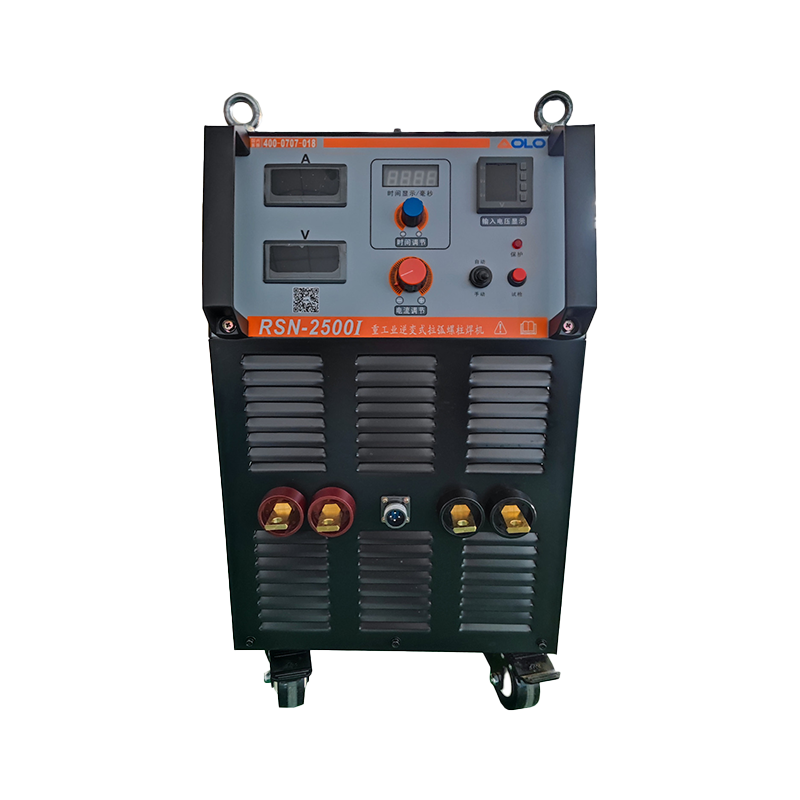Introduction to Stud Welding Machines
Stud welding machines are specialized tools used to attach fasteners, studs, or pins to metal surfaces quickly and efficiently. They are widely used in construction, automotive manufacturing, shipbuilding, and industrial fabrication. While highly efficient, stud welding involves high temperatures, electrical currents, and intense light, which can pose serious safety hazards if proper precautions are not followed. Understanding these risks and implementing safety measures is crucial for operators and workplaces.
Understanding the Hazards
Stud welding machines present several types of hazards. Identifying them helps workers prepare and minimize risk:
- Electrical hazards from high current that can cause shocks or burns.
- Thermal hazards from molten metal and the heat generated during welding.
- Eye hazards from bright welding arcs and UV radiation.
- Fire hazards due to sparks igniting flammable materials nearby.
- Mechanical hazards from moving parts or improper handling of the welding gun.
Personal Protective Equipment (PPE)
Proper PPE is the first line of defense for anyone operating a stud welding machine. Essential equipment includes:
- Welding helmet or face shield with appropriate filter lenses to protect eyes from intense arcs and UV radiation.
- Heat-resistant gloves to prevent burns from hot metal or welding sparks.
- Fire-retardant clothing to protect skin from sparks and molten metal.
- Safety boots with steel toes to protect feet from falling studs or equipment.
Workplace Safety Measures
Maintaining a safe working environment reduces the likelihood of accidents when using stud welding machines. Consider the following:
- Keep flammable materials, liquids, and gases away from the welding area.
- Use fire-resistant blankets or shields to protect nearby equipment and personnel.
- Ensure adequate ventilation to prevent accumulation of fumes and gases produced during welding.
- Mark the welding area with warning signs and restrict unauthorized personnel access.
Safe Operational Practices
Following proper operational procedures is essential to minimize risk. Key practices include:
- Inspect the machine, cables, and connections before use to ensure they are in good condition.
- Use the correct stud size and welding settings for the material to avoid overheating or misfires.
- Maintain proper grounding to prevent electrical shock hazards.
- Keep hands and body parts away from the welding area while the machine is active.
Handling Emergencies
Despite precautions, emergencies can occur. Preparing for them ensures rapid response and minimal injury:
- Have a fire extinguisher rated for electrical and metal fires nearby.
- Know first aid procedures for burns, electrical shock, and eye injuries.
- Immediately shut off power and disconnect the machine in case of malfunction.
- Report and document any accidents or near misses to improve future safety protocols.
Maintenance and Inspection
Regular maintenance ensures the stud welding machine operates safely and efficiently:
- Check welding cables, studs, and electrical connections for wear or damage.
- Clean the welding gun and electrodes regularly to prevent arc instability.
- Schedule professional servicing to calibrate voltage and timing controls.
- Replace worn or damaged components immediately to avoid accidents during operation.
Training and Certification
Proper training is essential to ensure operators understand both machine operation and safety protocols:
- Operators should receive training on electrical safety, fire prevention, and PPE usage.
- Hands-on practice under supervision ensures correct handling of studs and welding gun.
- Regular refresher courses help maintain safety awareness and adherence to updated standards.
Conclusion
Stud welding machines are powerful and efficient tools, but they come with significant safety risks. By understanding hazards, using proper PPE, implementing workplace safety measures, following operational guidelines, and performing regular maintenance, operators can minimize accidents and injuries. Training and preparedness further ensure that stud welding operations remain safe, efficient, and productive in industrial and manufacturing settings.


Contact Us